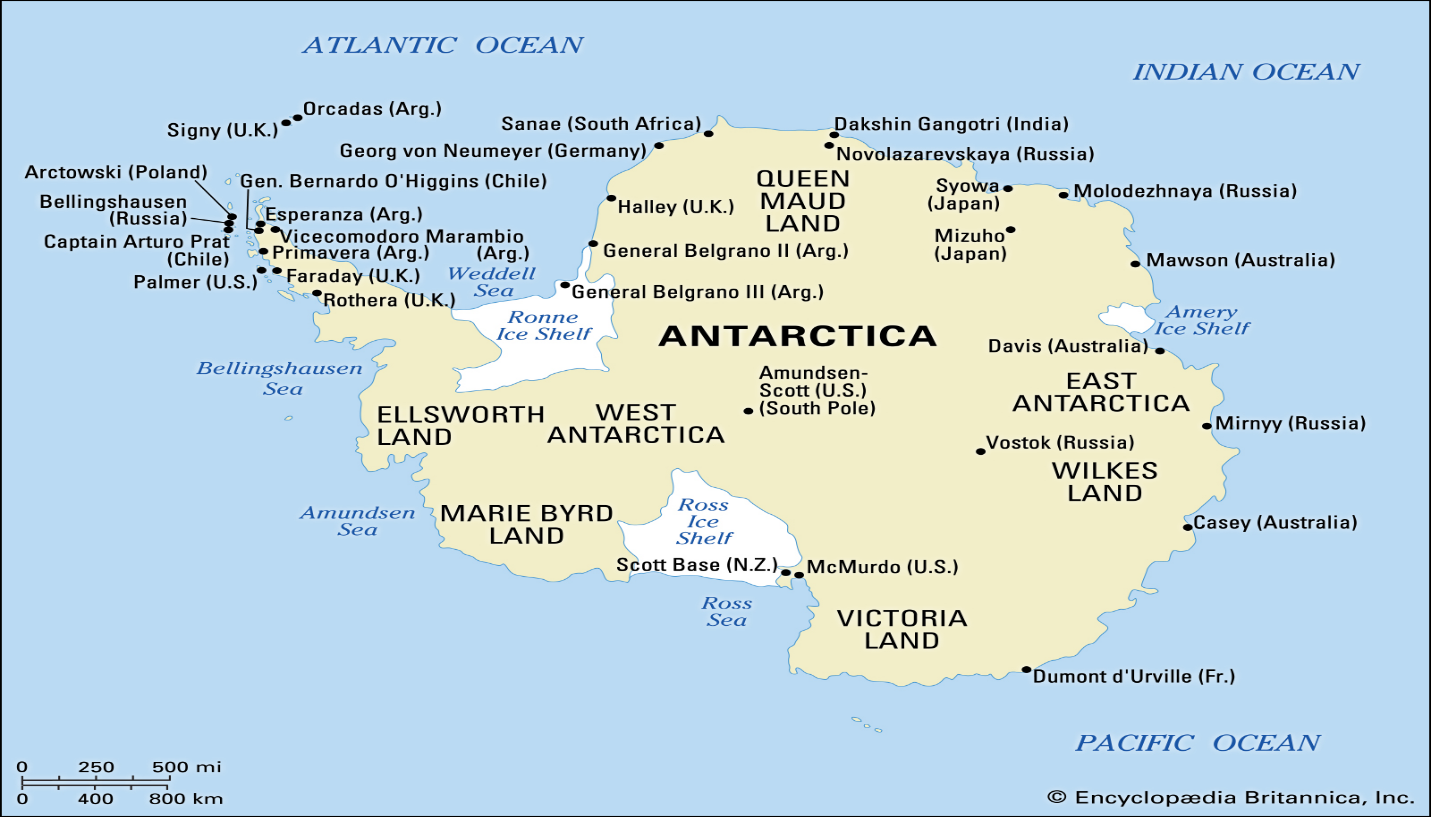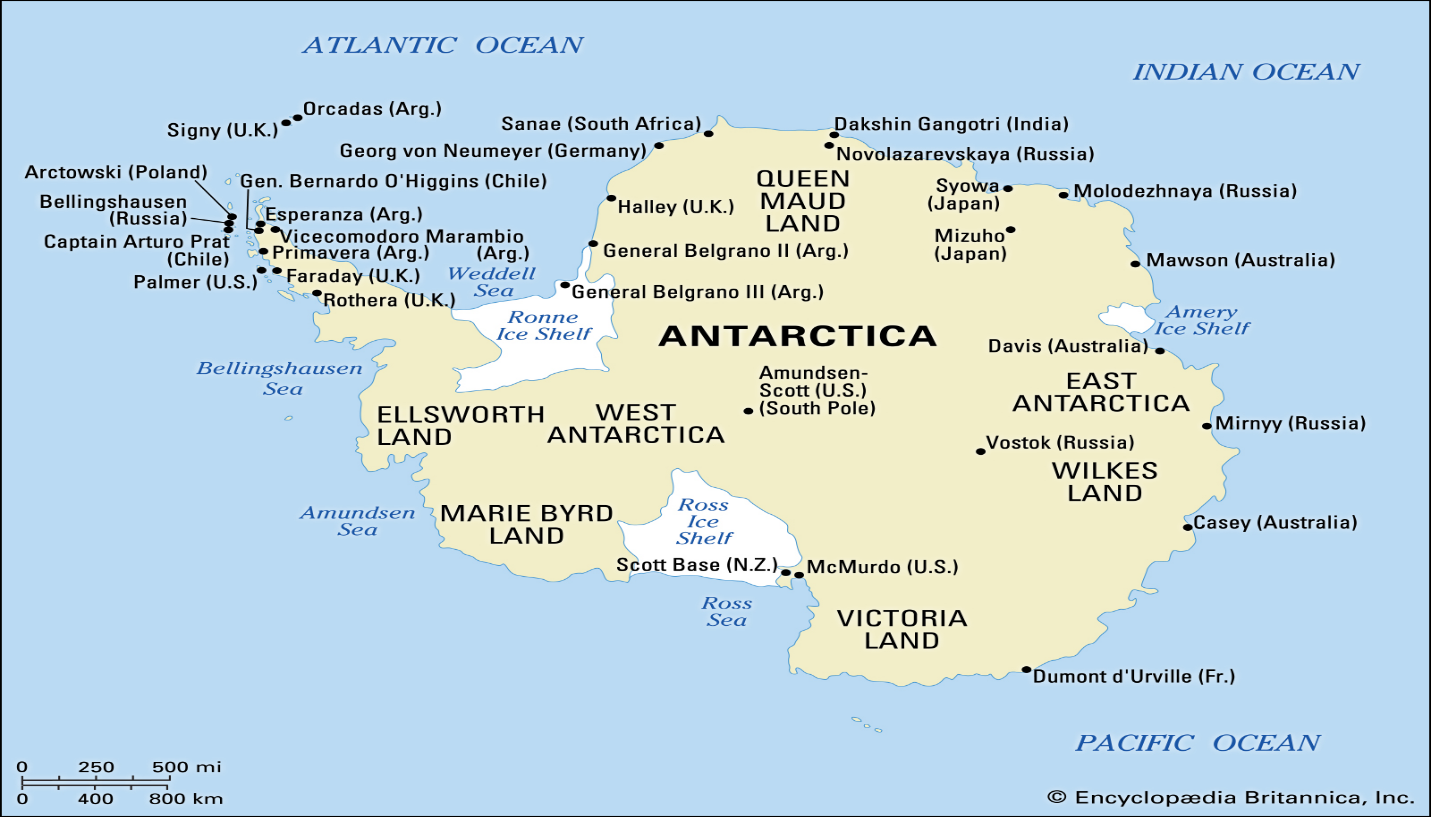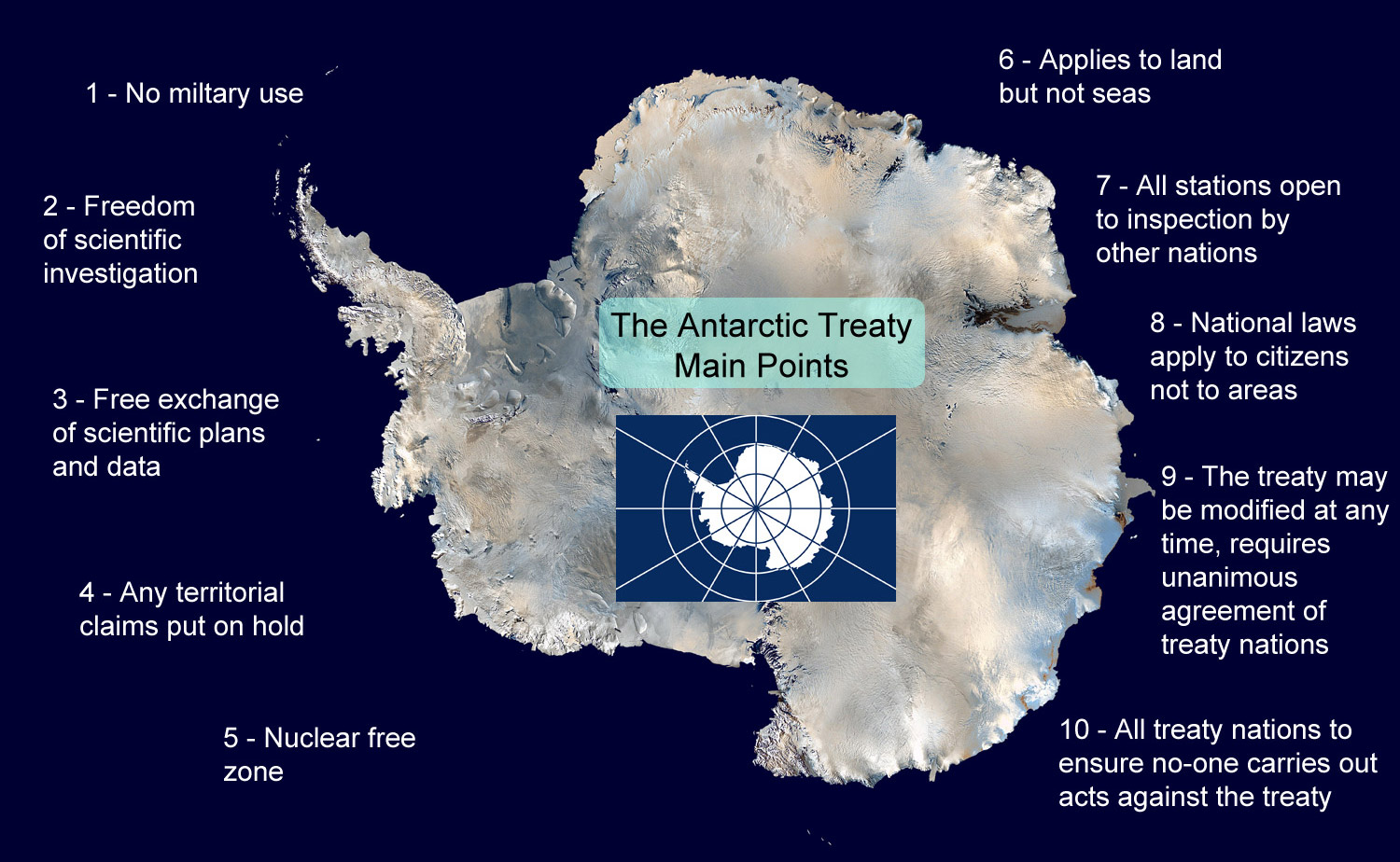CURRENT AFFAIRS
Get the most updated and recent current affair content on Padhaikaro.com
Draft Indian Antarctic Bill, 2020
- Vaid's ICS, Lucknow
- 05, Apr 2022

Why in News?
- The government introduced the ‘Antarctica Bill’ in the Lok Sabha.
Objectives and Need
- There is growing concern over preserving the pristine Antarctic environment and ocean around Antarctica from the exploitation of marine living resources and human presence in Antarctica.
- In the future, the private ship and aviation industry will also start operations and promote tourism and fishing in Antarctica, which needs to be regulated.
- The continuing and growing presence of Indian scientists in Antarctica warrants domestic legislation on Antarctica consistent with its obligations as a member of the Antarctic Treaty. This is also in sync with the emergence of India as a global leader on important international fronts.
- The primary aim of the Bill is to bring in penal provisions for breaking the law in Antarctica.
Major Highlights of Bill
Regulation of activities:
- It prohibits Indian expedition to Antarctica or carrying out certain activities in Antarctica without a permit or the written authorisation of another Party to the Protocol.
- It prohibits drilling, dredging, excavation or collection of mineral resources or even doing anything to identify where such mineral deposits occur – the only exception is for scientific research with a permit.
- There will be a strict prohibition on damaging native plants; flying or landing helicopters or operating vessels that could disturb birds and seals; using firearms that could disturb the birds and animals; removing soil or any biological material native to Antarctica; engaging in any activity that could adversely change the habitat of birds and animals, or harm them.
Inspection:
- It provides for inspection in India by an officer designated by the Central government as an Inspector and to constitute an inspection team to carry out inspections in Antarctica.
Committee:
- It Establishes a Committee to be called the Committee on Antarctic Governance and Environmental Protection to regulate the Indian Antarctic expedition and to exercise powers conferred on and perform the functions assigned to it.
Constitution of the fund:
- It provides for the constitution of the fund to be called the Antarctic fund which shall be applied towards the welfare of Antarctic research work and the protection of the Antarctic environment.
Applicability:
- It will apply to Indians, foreign citizens, corporations, firms and joint ventures functioning in India, and any vessel or aircraft that is either Indian or part of an Indian expedition.
Penal Provisions:
- It prescribes penal provisions for certain serious violations.
- Violators can face imprisonment as well as penalties.
- Setting up a separate designated court to try crimes committed in Antarctica.
Antarctica
- It is Earth’s southernmost continent.
- fifth-largest continent
- In size, it is near twice the size of Australia
- Population: Least populated.
Geography:
- Location: Antarctic region of the Southern Hemisphere, almost entirely south of the Antarctic Circle, and is surrounded by the Southern Ocean.
- About 98% of Antarctica’s landmass is covered by ice.
- Longest River: Onyx.
- Largest Lake: Vostok, is one of the largest subglacial lakes in the world.

Governance:
- The continent is governed by the Antarctic Treaty System.
- The Antarctic Treaty was signed on December 1, 1959, by 12 countries. It came into force on June 23, 1961, after its ratification.
- The Treaty’s objectives are to demilitarise Antarctica, establish it as a zone for peaceful research activities and set aside any disputes regarding territorial sovereignty, thereby ensuring international cooperation. The total number of Parties to the Treaty is now 54.

India and Antarctica
Antarctic Treaty:
- India signed the Antarctic Treaty on August 19, 1983. India is one of the 29 Consultative Parties to the Antarctic Treaty.
CCAMLR:
- The Convention on the Conservation of Antarctic Marine Living Resources (CCAMLR) was signed in Canberra on May 20, 1980 to protect and preserve the Antarctic environment and, particularly, for the preservation and conservation of marine living resources in Antarctica.
- India ratified the CCAMLR on June 17, 1985.
Madrid Protocol:
- The Protocol on the Environmental Protection to the Antarctic Treaty (Madrid Protocol) was signed in Madrid on October 4, 1991, to strengthen the Antarctic Treaty system and for the development of a comprehensive regime for the protection of the Antarctic environment and dependent and associated ecosystems.
- India ratified the Madrid Protocol on January 14, 1998.
COMNAP:
- India is also a member of the Council of Managers of the National Antarctic Programme (COMNAP) and the Scientific Committee of Antarctica Research (SCAR), which shows the significant position that India holds among the nations involved in Antarctic research.
Research base stations in Antarctica:
- Since 1981, India has completed 41 scientific expeditions and built three permanent research base stations in Antarctica — Dakshin Gangotri (1983), Maitri (1988) and Bharati (2012)
- Dakshin Gangotri was established in 1983 over the Ice Shelf in the Central Dronning Maud Land region.
- The station was abandoned in 1990 as it got buried under snow.
- Currently, Maitri and Bharati are fully operational.
‘Himadri’ station in Svalbard, above the Arctic circle.
- The National Centre for Polar and Ocean Research (NCPOR), Goa—an autonomous institute under the Ministry of Earth Sciences—manages the entire Indian Antarctic program.
- In 2008, India commissioned the Sagar Nidhi, for research, an ice-class vessel, it can cut through the thin ice of 40 cm depth and is the first Indian vessel to navigate Antarctic waters
Facts for Prelims :
Near Field Communications (NFC)
Google Pay has recently launched a new feature in India, ‘Tap to pay for UPI’, in collaboration with Pine Labs.
- The feature makes use of Near Field Communication (NFC) technology.
What is Near Field Communication (NFC)?
- It is a short-range wireless connectivity technology that allows NFC-enabled devices to communicate with each other and transfer information quickly and easily with a single touch — whether to pay bills, exchange business cards, download coupons or share a document.
- It transmits data through electromagnetic radio fields, to enable communication between two devices.
- Both devices must contain NFC chips, as transactions take place within a very short distance.
- NFC-enabled devices must be either physically touching or within a few centimetres from each other for data transfer to occur.
- In 2004, consumer electronics companies, Nokia, Philips and Sony together formed the NFC Forum, which outlined the architecture for NFC technology to create powerful new consumer-driven products.
- Nokia released the first NFC-enabled phone in 2007.